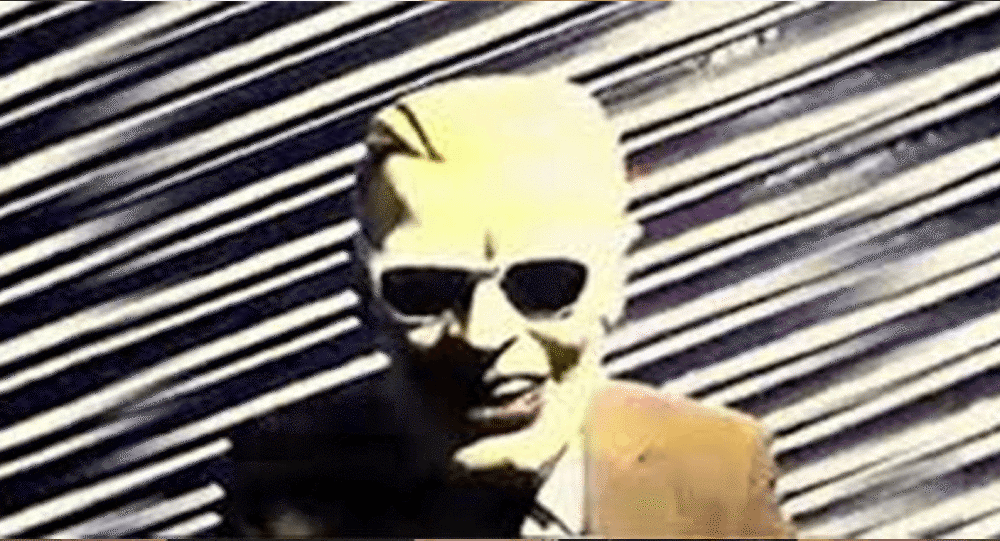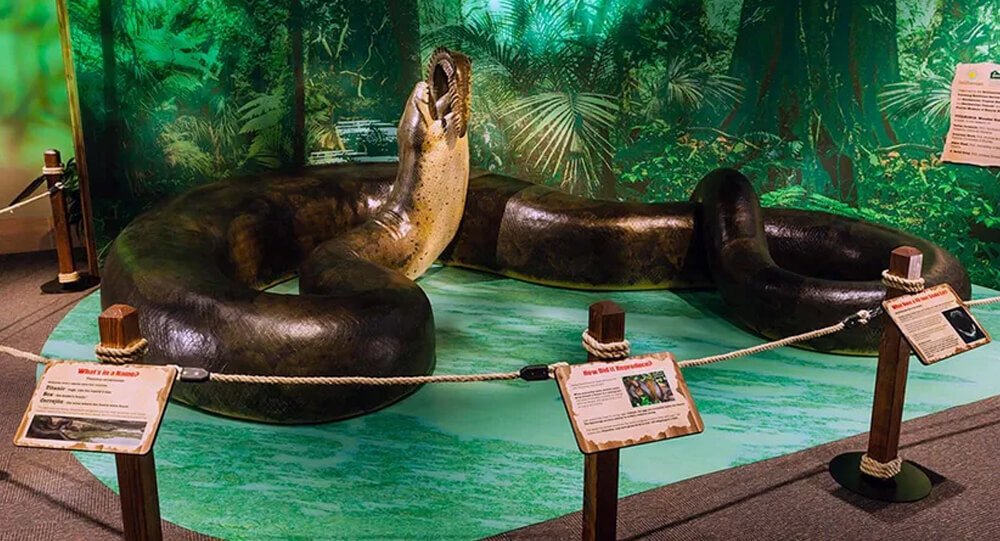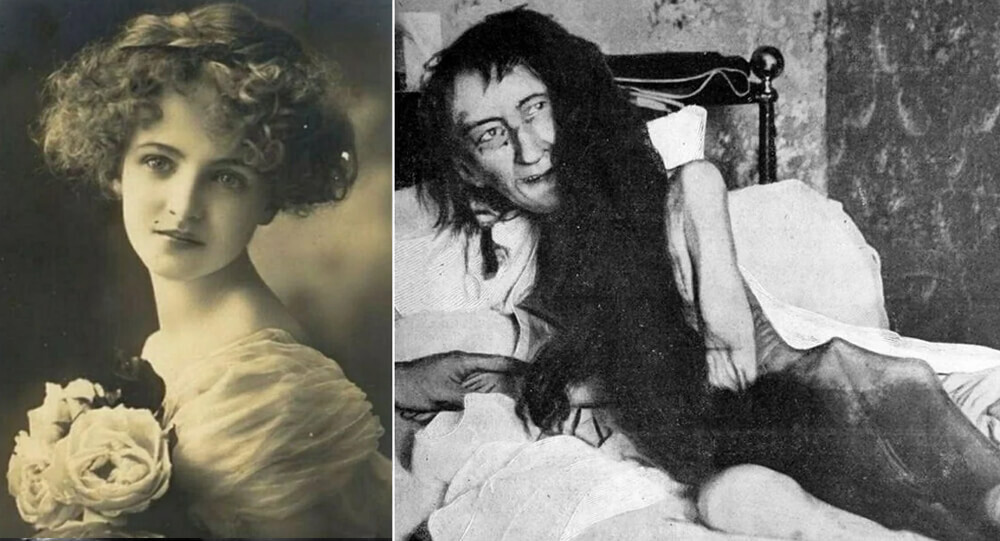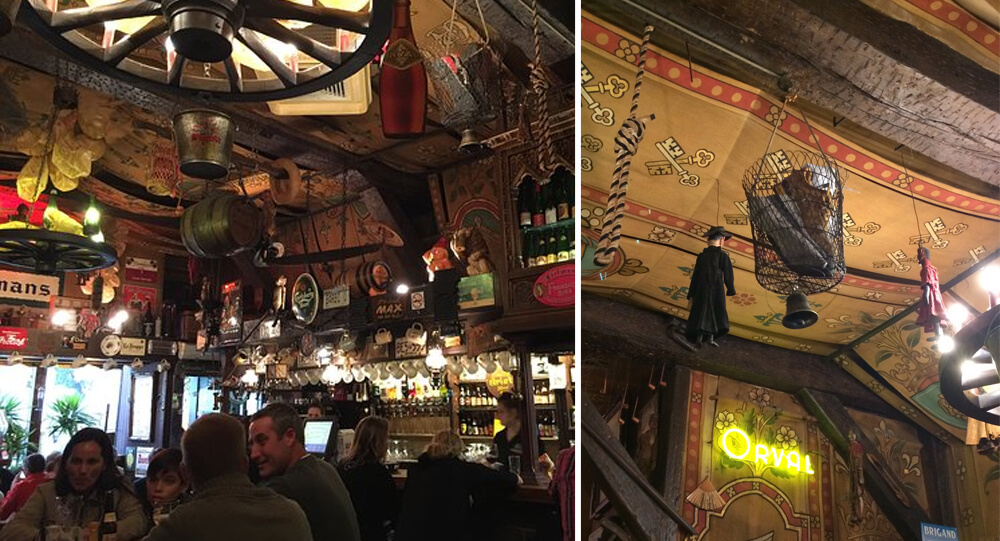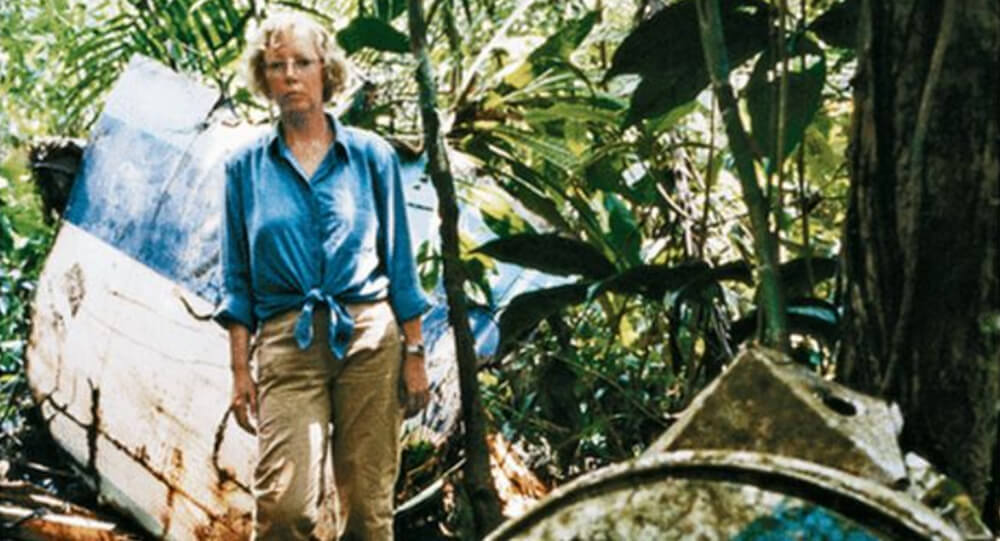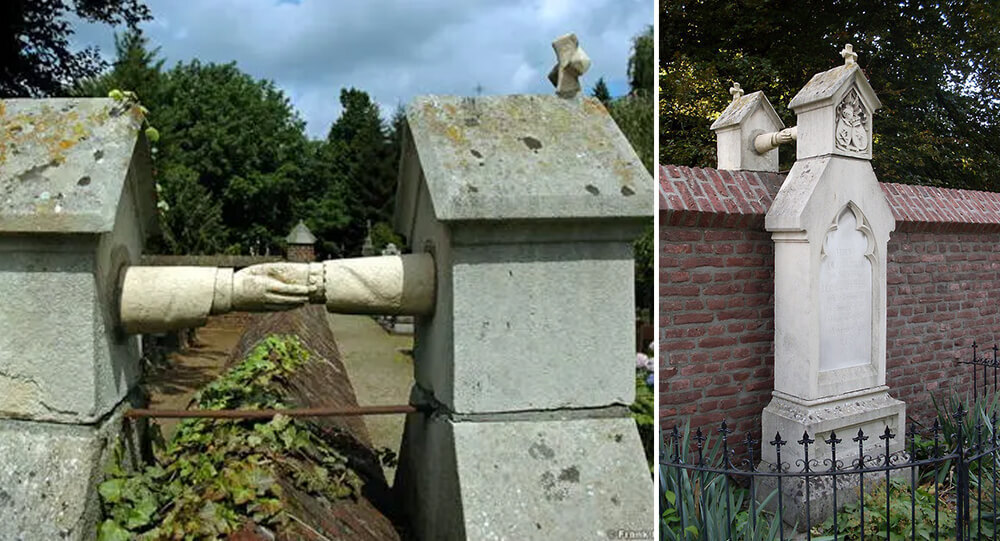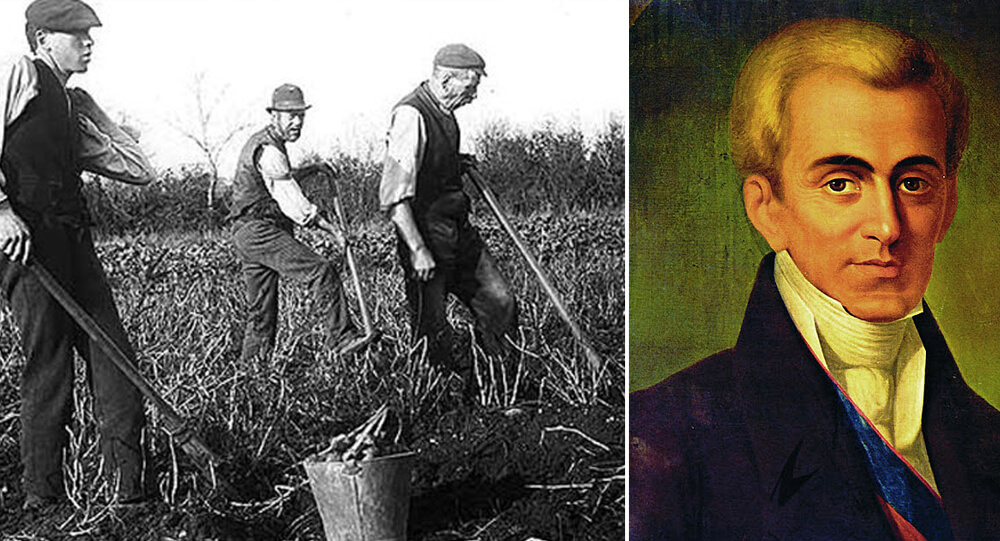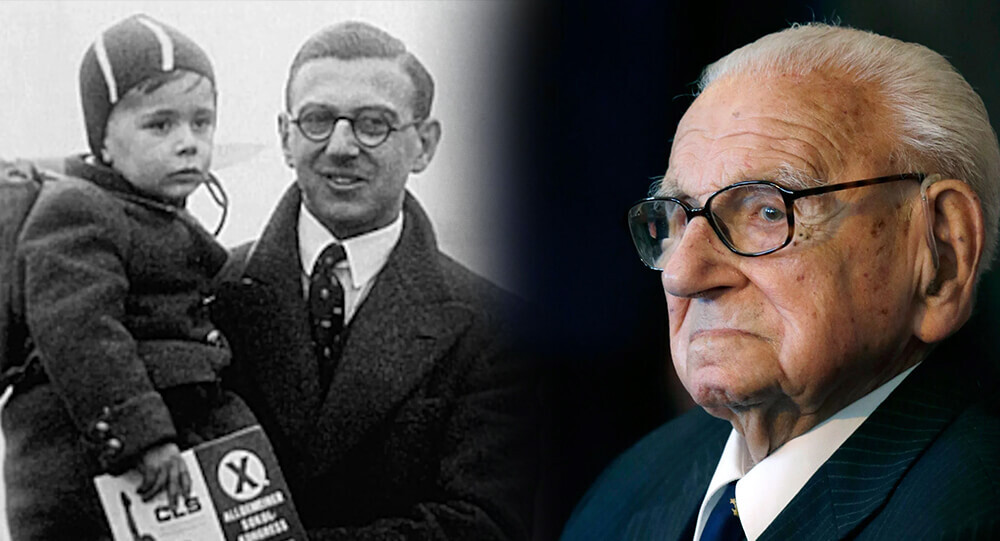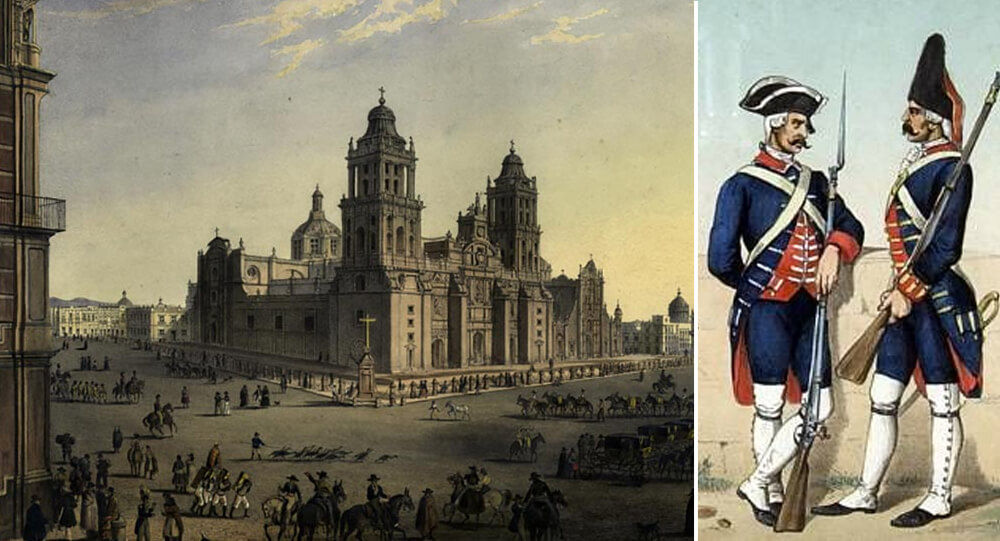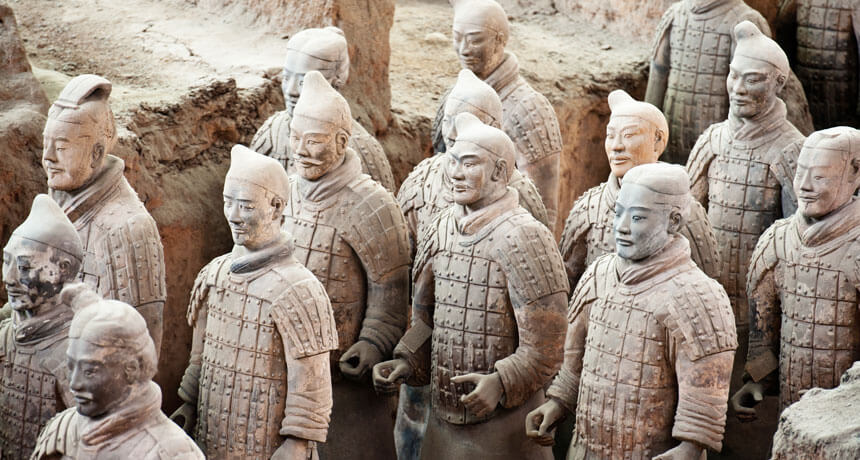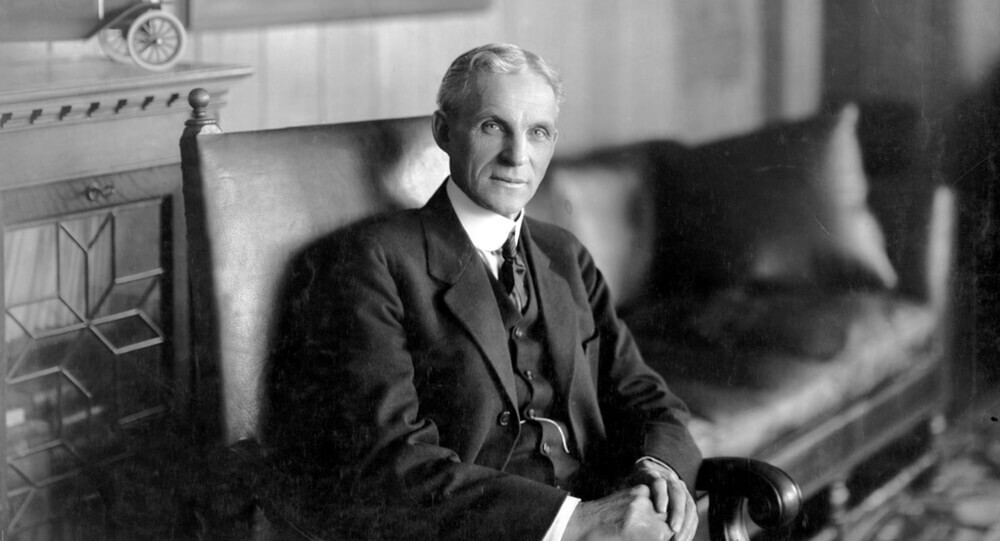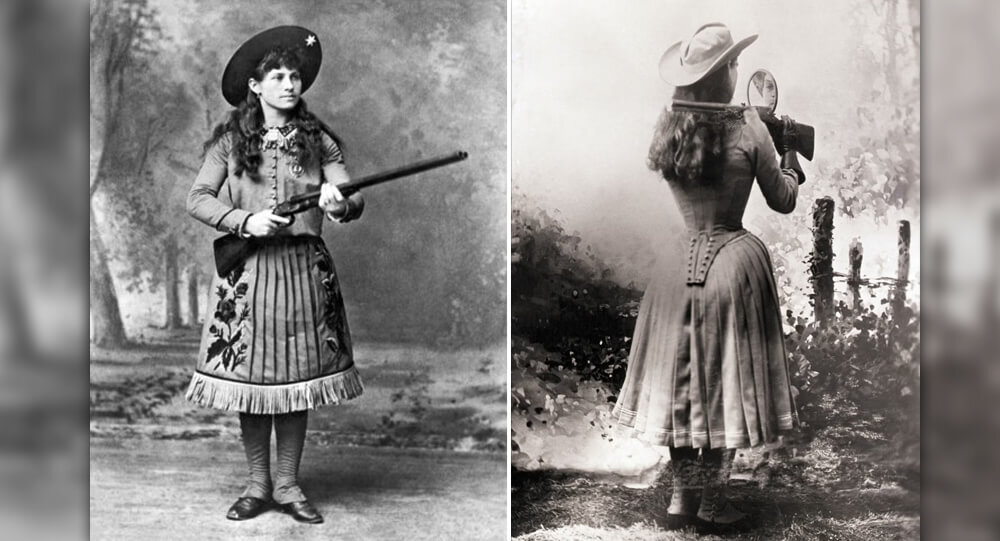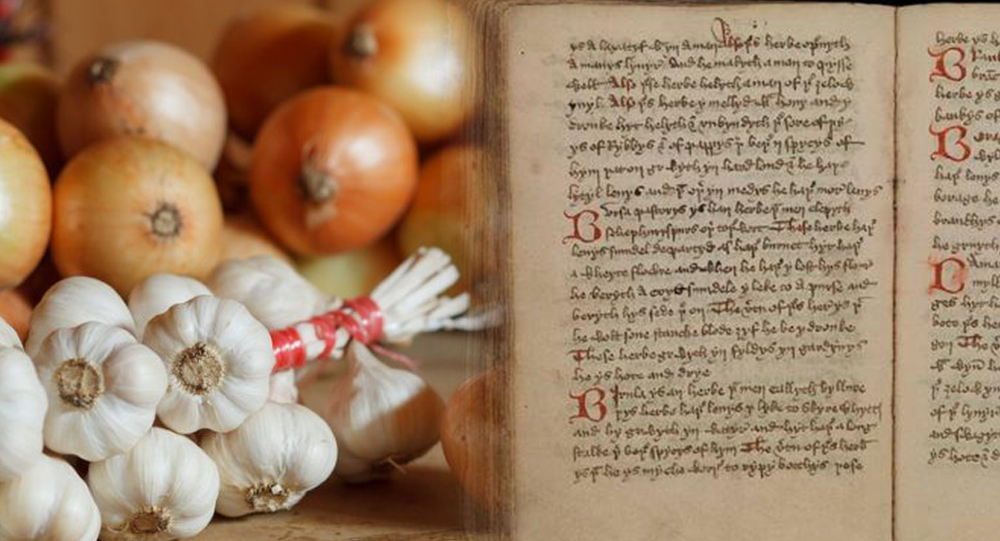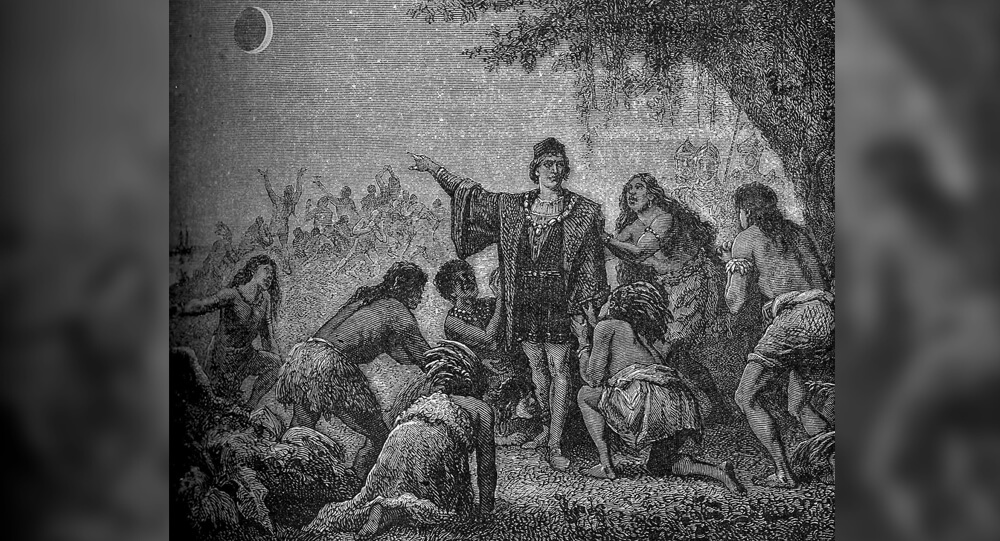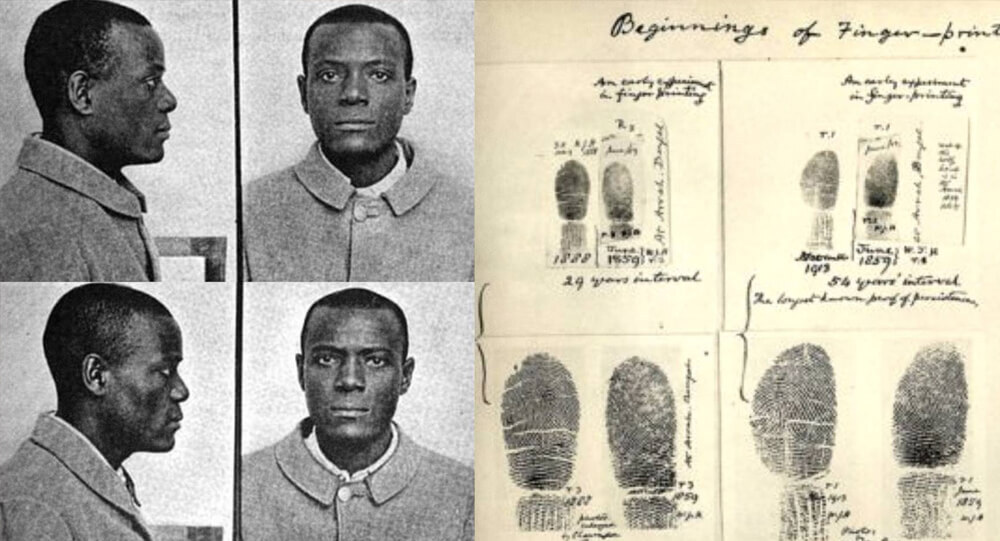In actuality, this seal belonged to the fifth shrine of King Tut. The king was interred in four separate sarcophagi, each of which was housed within five separate shrines. This sealed vessel remained undamaged for 3,245 years. Ramesses IV’s tomb, which was situated right above Tut’s entrance, left debris covering it, which is why it was discovered so late.
Even though the outermost shrine of the young pharaoh had previously been opened twice, the necropolis seal, which indicated that the pharaoh’s mummy was undamaged, was still present on the doors of the second of the enormous shrines made of gilded wood that held the royal sarcophagus.
In the early 1920s, renowned Egyptologist and archaeologist Howard Carter opened the boy-king’s tomb. There was a treasure inside the tomb that exceeded all previous finds in splendor. Howard Carter found three more shrines in Tutankhamun’s Burial Chamber shortly after removing the lid of the outermost shrine.
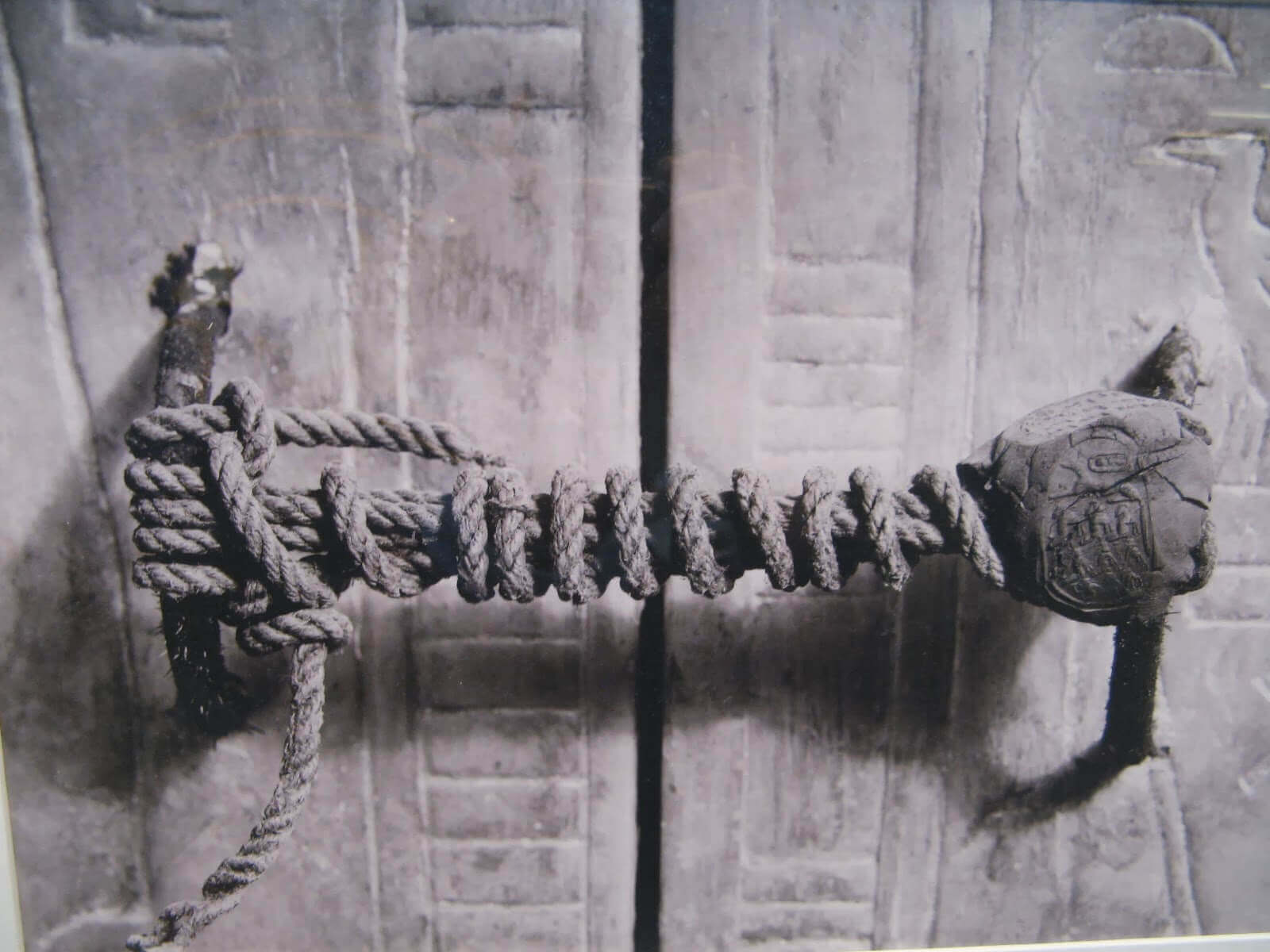
The second shrine’s elaborately decorated doors were closed when Harry Burton took these pictures, with a rope wound through the simple copper handles holding them firmly in place. A delicate clay seal depicting Anubis, the jackal god of ancient Egypt tasked with guarding the cemetery, was attached to the knotted cord.
Carter and his financier, Lord Carnarvon, were aware from the beginning that the tomb had been compromised due to a unbroken sealed and replastered opening in the outer doorway (which was not on the fifth shrine).
Once inside the tomb, the disordered condition of the materials, the damage to multiple objects, and the obvious absence of bedding, solid metalwork, glass, oils, and unguents all pointed to the tomb having been looted in antiquity.
Related Topic You Might Find Interesting:
- Xin Zhui And The Story Of The Stunningly Intact Lady Dai Mummy
- Top 10 Greatest and shocking Archaeological Discoveries of All Time
- The accidentally discovery of Riace bronzes
According to legend, he also discovered an antiquated clay tablet in the antechamber. The inscription said, “Death will slay with his wings whoever disturbs the peace of the pharaoh,” when he translated it later.
Later on, this would come to be known as the fabled “Curse of the Pharaohs,” which is only a myth. It is said that the curse, which does not distinguish between thieves and archaeologists, can bring misfortune, disease, or even death.
Even though Tutankhamen was a relatively insignificant king during his lifetime, his tomb ended up becoming one of the most valuable archaeological discoveries because it was hidden beneath another tomb and was never discovered by grave robbers.
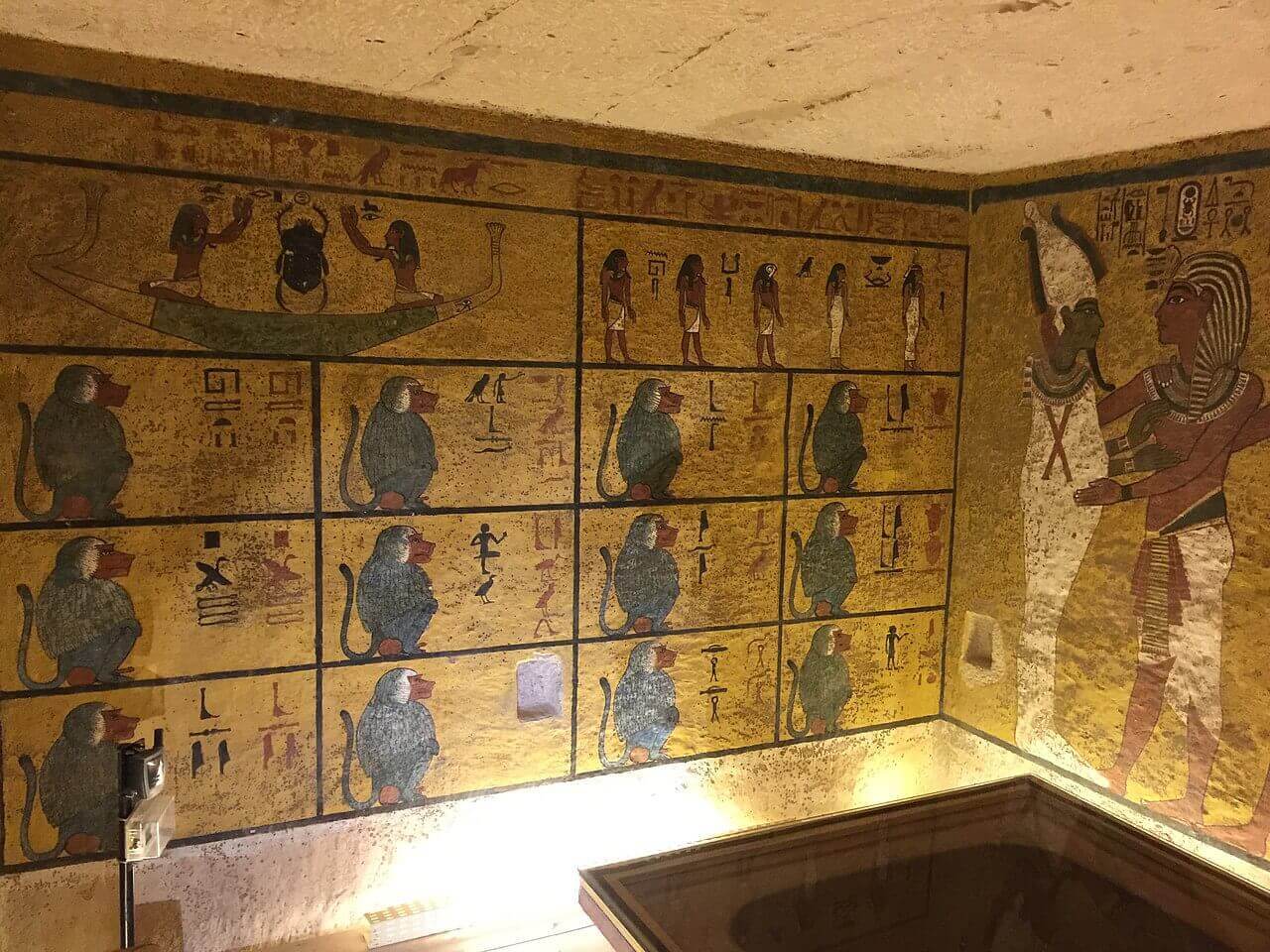
The tomb’s entrance was sealed by rocks and mud from flooding due to its lower location in the Valley of the Kings, and the location was unknown until Carter’s discovery.
The amount of wealth that archaeologists have discovered when Tutankhamen was buried is only a small portion of what he could have accumulated had he lived a longer life. This is because he was a relatively minor Pharaoh who appeared to have died suddenly at a young age. Can you imagine, then, the enormous wealth that great Pharaohs like Ramesses II must have buried?
How did the unbroken seal last 3,200 years without deteriorating?
One of the basic human technologies is the rope. Researchers have discovered two-ply ropes that date back 28,000 years. The first civilization in history to use specialized tools to make rope was Egypt. The dryness of the desert air is more important to its longevity than the rope itself. Things get dried out and preserved by it.
The lack of oxygen is another essential. Tombs are closed off from the exterior. As long as they have oxygen, bacteria can break things down; otherwise, they essentially suffocate. Rope, wooden carvings, cloth, organic dyes, and other materials that wouldn’t have survived anywhere else in the world are frequently discovered in Egyptian tombs and pyramids. Far more organic material was preserved in Egypt than would have been the case in a non-desert environment.
This is in contrast to sites such as the Maya sites in Central America, which are much older but have yielded almost no organic material. The primary distinction is the environment—desert versus jungle.

From Flapper to Fashion Week: How 1920s Style Still Shapes Modern Trends
The roaring 1920s revolutionized fashion, introducing bold styles, daring cuts, and a spirit of freedom that still inspires today’s wardrobes. From flapper dresses to statement accessories, here’s how the Jazz Age lives on in modern fashion.

Max Headroom Incident: America’s Creepiest TV Hack
In 1987 a man hijacked a television station during an episode of Dr. Who and wore a Max Headroom mask and uttered nonsense, and he still hasn’t been caught

Titanoboa cerrejonensis, fossils of the world’s largest species of snake
In 2009 in a coal mine of Columbia, scientists discovered fossils of the world’s largest species of snake. The species is called “Titanoboa cerrejonensis,“and it is from around 60 million years ago. It would have had measured about 48 feet long and weighed about 2,500 pounds

Blanche Monnier: Imprisoned For 25 Years For Falling in Love
Blanche Monnier, she was a French woman noted for her beauty, she wished to marry an old lawyer that her mother disapproved of, so she locked her in a small dark room in her attic for 25 years.

Philippines, the largest supplier of Nurses in the World
Philippines is the world’s largest supplier of nurses, supplying roughly 25% of all overseas nurses worldwide.

Why This Belgian Bar Makes You Trade Your Shoe for a Beer
To prevent tourists from stealing their beer glasses, some bars in Belgium require people to hand over one of their shoes as a deposit which is then put in a basket and hung from the ceiling. These shoe baskets have also become an attraction.

Juliane Koepcke: The Teenager Who Fell 10,000 Feet And Trekked The Jungle to survive
In 1971, a high school student was sucked out of an airplane after it was struck by lightning. She fell 10,000 feet to the ground while still strapped to her chair and survived. Only to endure a 9-day trek to the nearest civilization.

The Tragic Story Of Mary Ann Bevan, The ‘Ugliest Woman In The World’
After the death of her husband, Mary Ann Bevan had no income to support herself and her children. She then decided to enter a contest where she won the title of “ugliest woman” and was later hired by a circus. She endured this ridicule from the world to provide for her family.

The 440-pound bear named Wojtek and his World War II battle against the Nazis
Polish troops raised an orphaned bear cub during WWII. He enjoyed drinking beer, and was trained to salute. He became officially enlisted as a member of the forces, and helped carry artillery during battle.

Iranian inmate dies from happiness after finding out he will not be executed
An Iranian man who was convicted of murder reportedly died from happiness after learning that his death sentence was being commuted.

Graves holding hands over wall, A Catholic woman and her Protestant husband grave
A protestant man and a Catholic woman who weren't allowed from being buried together in a graveyard in 19th-century Holland turned their graves into a monument showing them holding hands across the wall separating them.

How Greek prime minister in 1830’s tried to spread the potato in Greece
A Greek prime minister in 1830’s tried to spread the potato in Greece but people weren’t interested so he put armed guards in front of shipments of potatoes so people would think they were important. People later started stealing these potatoes a lot which spread the crop to all of Greece.

Nicholas Winton ‘British Schindler’: Man who rescued 669 Czech children from Nazis
A man named Nicholas Winton saved 669 kids during WWII and lived almost all his life without letting people know.

Did Gil Pérez Really Teleport from Manila to Mexico Overnight? The 1593 Mystery
On October 24, 1593, while performing his guard duties at Manila's Governor's Palace in the Philippines, Gil Perez stopped to lean against a wall and sleep for a while. He opened his eyes to find himself in an unusual environment. Gil was in the Plaza Mayor in Mexico City. They imprisoned Perez, but the authorities in Mexico City decided to release him and return him home.

The incredible story of Julia "Butterfly" Hill and her legacy
American environmental activist Julia “Butterfly” Hill lived in a 1500-year-old California Redwood tree for 738 days to prevent it from being cut down by the Pacific Lumber Company. The Simpson’s episode “Lisa the Tree Hugger” was inspired by Hill’s story.

how Ferris wheel invented
In 1891, Chicago challenged engineers to create a structure to surpass the Eiffel Tower for the World's Columbian Exposition. George Washington Gale Ferris jr. responded with the original Ferris Wheel, a giant rotating structure elevating visitors above the city. This invention became an iconic attraction at the fair.

Man's Blood Helped Save Millions of Babies
Australian blood donor James Harrison has been one of our most impressive and valued donors, having donated for 60 years. Know his story, how he was a pioneer of our Anti-D program, and why this matters.

Top 10 Greatest and shocking Archaeological Discoveries of All Time
While we're all locked at home, there's no better way to escape to another time and place than to learn about amazing archeological sites and discoveries from around the world. Here are the 10 greatest and shocking archaeological discoveries —and don't be shocked if they inspire future trip plans whenever it's safe to do so again.

Henry Ford, The man popularizing the concept of the weekend off
Henry Ford was the first Industrial Giant to give his employees both Saturday and Sunday off in the hope of encouraging more leisurely use of automobiles and thus popularizing the concept of the "weekend."

The true story of Annie Oakley, legendary sharpshooter
Anne Oakley was such a good shooter that she could split a playing card help edge-on, hit dimes thrown into the air, shoot cigarette from her husband's lips, and pierce a playing card thrown into the air before it hit the ground.

Medieval Medicine: A 1,000-year-old onion and garlic salve kills modern bacterial superbugs
Scientists recreated an Anglo-Saxon manuscript-based 9th century onion and garlic eye remedy and discovered that it killed 90% of antibiotic-resistant staph bacteria (MRSA).

Charlie Brown and Franz Stigler incident: Enemy became friends
During WWII, a German pilot spotted an American pilot’s crippled plane in the sky. Tailing it, he noticed that gunner was dead, crew injured, and they posed no threat. Instead of destroying the plane, he led it to safety. 40 years later, the two pilots reunited.

How a Total Lunar Eclipse Saved Christopher Columbus in 1504
In 1504, Christopher Columbus was stranded in Jamaica with natives who refused to give him food. But he knew the date and time of an upcoming lunar eclipse. So he told the natives that his gods were angry at their treatment of him, and would provide a clear sign. Once the eclipse started, the natives raced to give him food and begged for mercy.

Will & William Wests: The puzzling situation of two inmates who are identical but not related
These are the mugshots of Will West and William West, and they are not related. They were both sent to Leavenworth Prison at the same time, in 1903, and after some confusion, the staff understood they had two different prisoners with the nearly same name, who looked exactly alike. They are part of the reason fingerprints are now used as identification.

Why the Brooklyn Bridge Was Once Crossed by 17 Camels and 21 Elephants
On May 30, 1883, a rumor that the Brooklyn Bridge was going to collapse caused a stampede, which killed at least at twleve people. To prove the bridge was safe, P.T. Barnum led a parade of 21 elephants over it.


